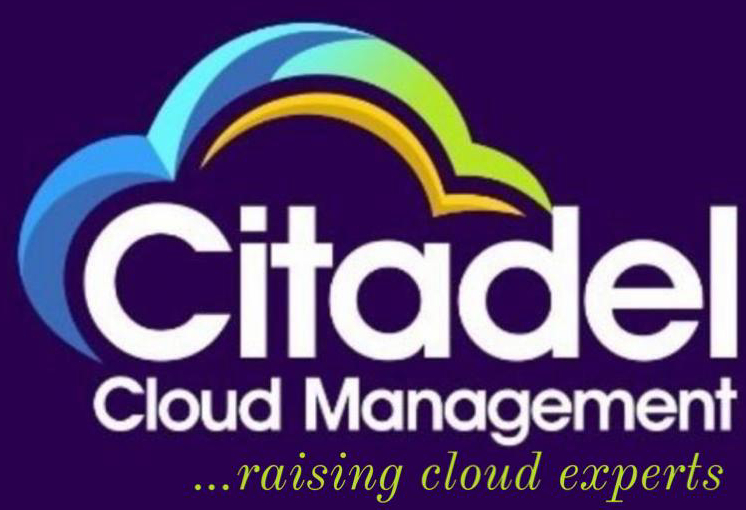2025
Table of Contents 1. Introduction to Big Data in Business Big Data refers to large and complex data sets that are too vast for traditional data-processing software to handle efficiently. In business, Big Data allows companies to extract insights, predict trends, optimize operations, and improve customer experiences. This section introduces the concept of Big Data, […]
Table of Contents: 1. Introduction to AI and Big Data Resources: 2. Automation and Job Displacement Resources: 3. New Job Opportunities and Skill Development Resources: 4. AI and Big Data in Decision-Making Resources: 5. Personalized Employee Experience Resources: 6. The Ethics of AI and Big Data in the Workplace Resources: 7. AI and Big Data […]
Table of Contents 1. Introduction to Big Data in Real Estate Definition of Big Data:Big Data refers to vast volumes of structured and unstructured data that can be analyzed computationally to reveal patterns, trends, and associations. In real estate, this includes data from various sources like transactions, geographic locations, market conditions, and consumer behavior. Importance […]
Table of Contents 1. Introduction to Smart Cities A Smart City refers to a municipality that uses advanced technologies and data analytics to improve the quality of life for its citizens. It integrates various technologies like IoT (Internet of Things), Big Data, artificial intelligence, and more to enhance efficiency, reduce environmental impact, and streamline urban […]
Table of Contents 1. Introduction to Data Governance Explanation:Data governance refers to the overall management and oversight of the data within an organization. This includes managing data availability, usability, integrity, and security. The aim of data governance is to ensure that data is accurate, consistent, and secure across all systems and processes within the organization. […]
Table of Contents: 1. Introduction to Data Warehousing in Healthcare Elaboration:Data warehousing in healthcare involves the process of storing large volumes of healthcare-related data in a centralized repository. This data comes from various sources, such as electronic health records (EHR), laboratory systems, clinical trials, and administrative records. Data warehouses facilitate advanced analytics, improving decision-making, patient […]
Table of Contents: 1. Introduction to Data Warehousing in Retail What is Data Warehousing? Data warehousing refers to the process of collecting and managing data from various sources in a centralized repository, designed for reporting and analysis. Retailers use these large databases to consolidate and organize customer data, sales data, and product information. This organized […]
Table of Contents: AI-Driven Analytics: Unlocking Business Insights with Big Data 1. Introduction to AI-Driven Analytics AI-driven analytics refers to the use of artificial intelligence to analyze and extract insights from large volumes of data. By leveraging machine learning, natural language processing, and other AI technologies, businesses can automate data analysis, identify patterns, and make […]
Table of Contents: Best Practices for Building a Scalable Data Warehouse 1. Understanding the Data Warehouse Architecture A well-defined architecture is the backbone of a scalable data warehouse. The first step in building a scalable data warehouse is to understand the core architecture and how different components interact. This typically includes the staging area, data […]
Table of Contents for “The Future of Data Warehousing in a Multi-Cloud World” 1. Introduction to Multi-Cloud Data Warehousing Overview: Multi-cloud strategies involve the use of multiple cloud providers to host data and workloads. In the context of data warehousing, this enables organizations to store, manage, and analyze data across different platforms to optimize performance […]
ADDRESS
Houston, Texas USA
US LINE
+1 (346) 652-4970
NIGERIA LINE
081 2852 0152
MAIL ADDRESS
info@citadelcloudmanagement.com
QUICK LINKS
- © 2025. All Rights Reserved By Citadel Cloud Management
